Boom Island Park in Minneapolis is one of my favorite places to explore in the Twin Cities. In fact, it was the first place I went to when I got bit by the exploring bug. Well, now that Derrick moved to Minnesota, it’s time to start showing him some of my favorite places in the Twin Cities (and there are a LOT of them).
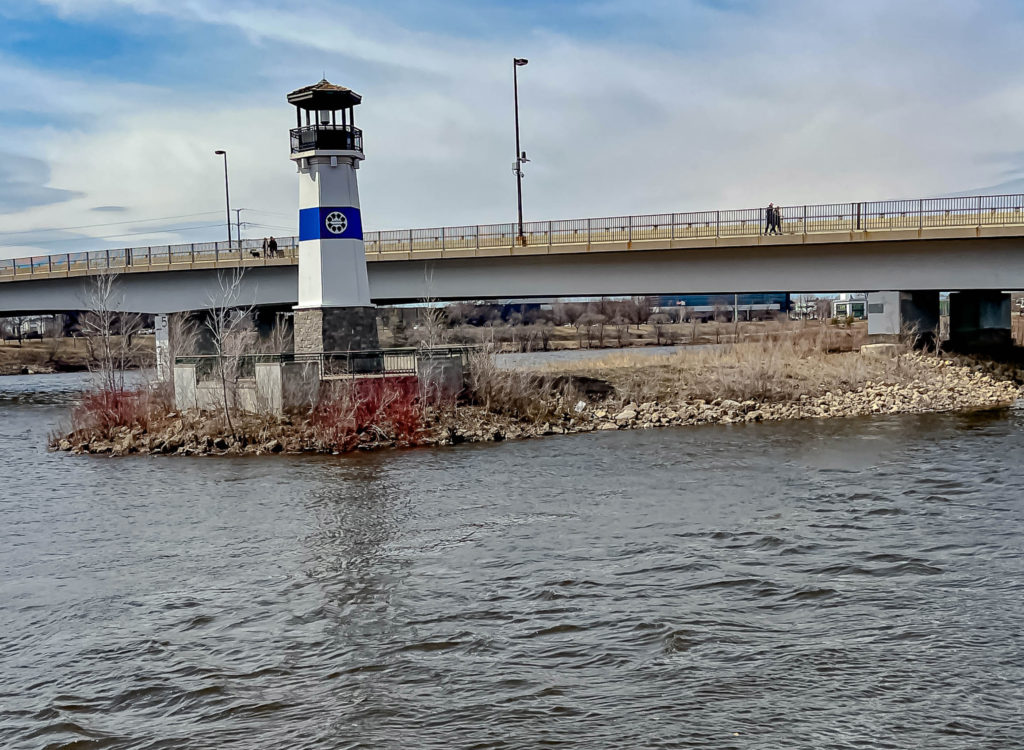
The park actually gets its name from the island that it once was. The island was named for the booms that were used to separate logs floated down the Mississippi River to sawmills powered by St. Anthony Falls (another of my favorite spots). Each log cut along the tributaries of the Mississippi River was “branded” by each lumber company that put its own stamp on the end of is logs.

They were separated using the stamps and directed to the right mill by men working from Boom Island. The sawmills at the falls were eventually replaced by flour mills. What remains of those flour mills makes up Mill Ruins Park, yet another great place to explore in the Twin Cities of Minnesota.
What I love most about the park, besides just how big it is, is the fact that it’s set up next to the Mississippi River. You’ve got the big city on one side, and the open areas of the park on the other side.

The land ceased to be an island a while ago due to a buildup of silt and sawdust. It was bought by the park board with funds from the state legislature through the Metropolitan Council in 1982. The land was bought from a construction company for $2.6 million. That land had been targeted for acquisition in the 1978 plan for the development of the central riverfront as a park by the Riverfront Development Coordinating Board.
At one point, the RDCB even considered converting the land to an island once again, but they decided against it because of the cost. The first phase of the park was dedicated in 1987.
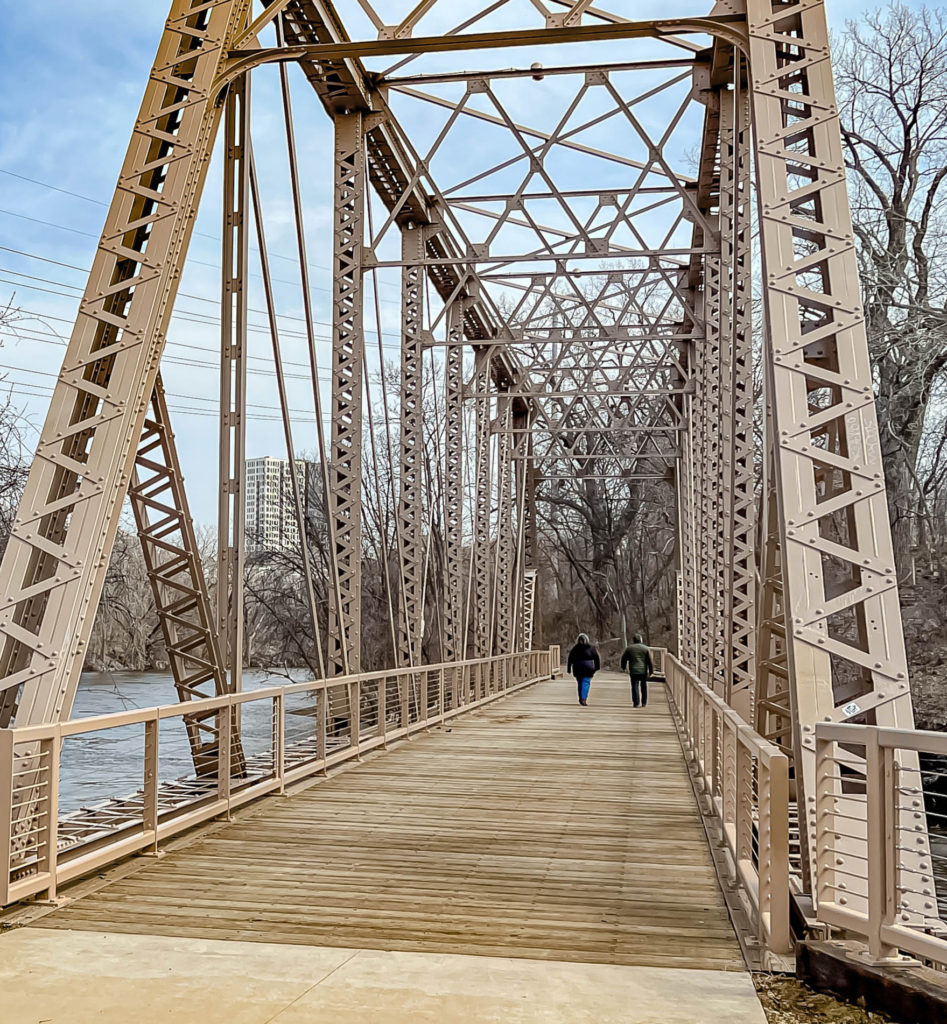
One of my other favorite parts of the park is an old railroad bridge, originally built in 1901 to Nicollet Island, was converted into a bicycle and pedestrian bridge. The bridge was repaired and restored in 2018.
And here is the old railroad bridge. The MOTHER LODE for this old urban explorer.
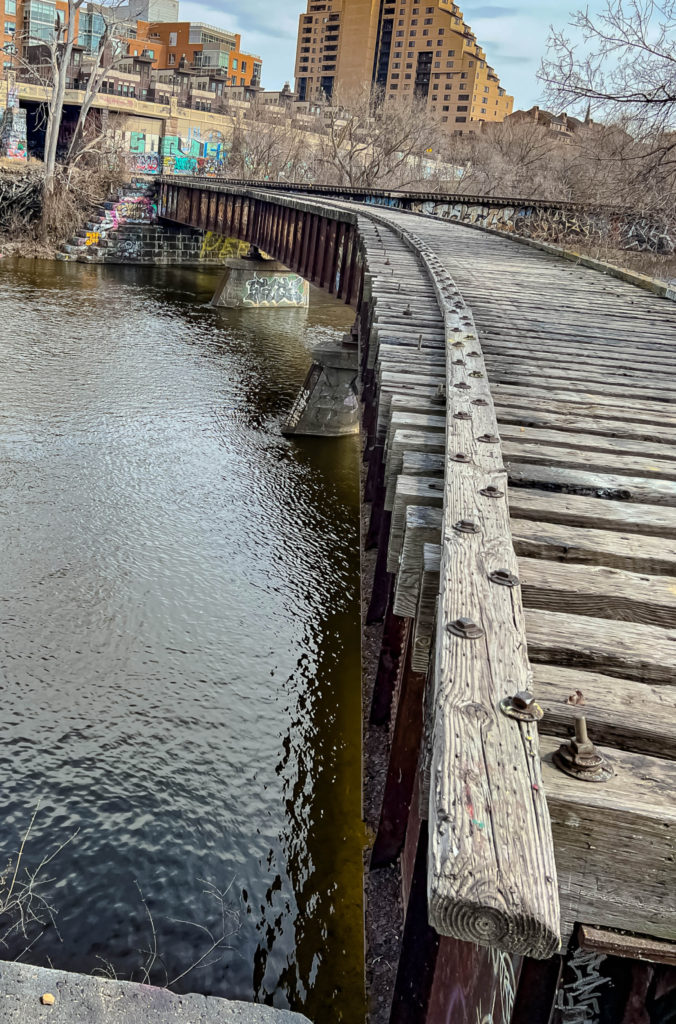
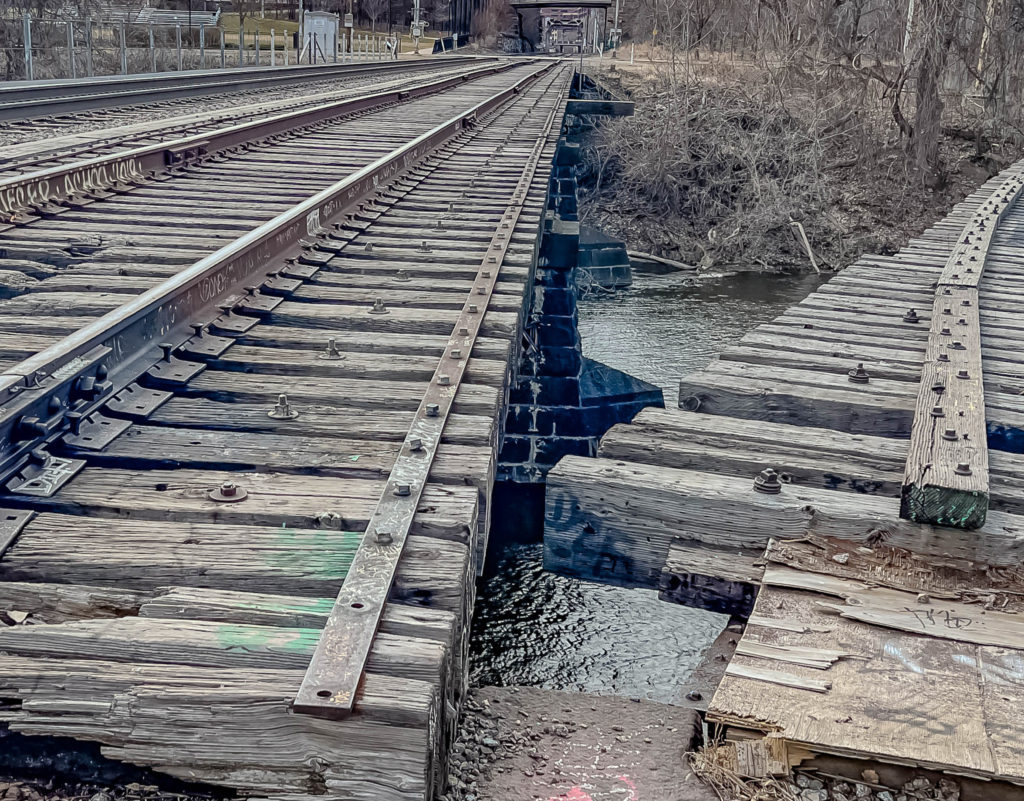
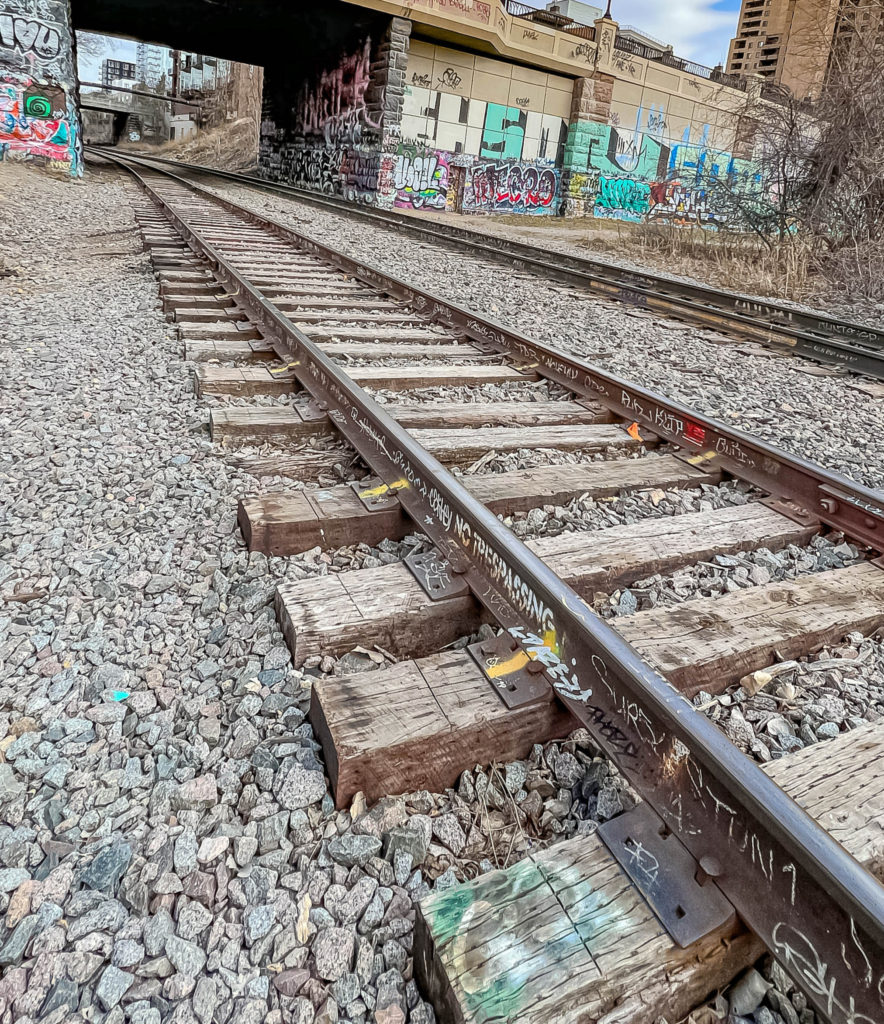
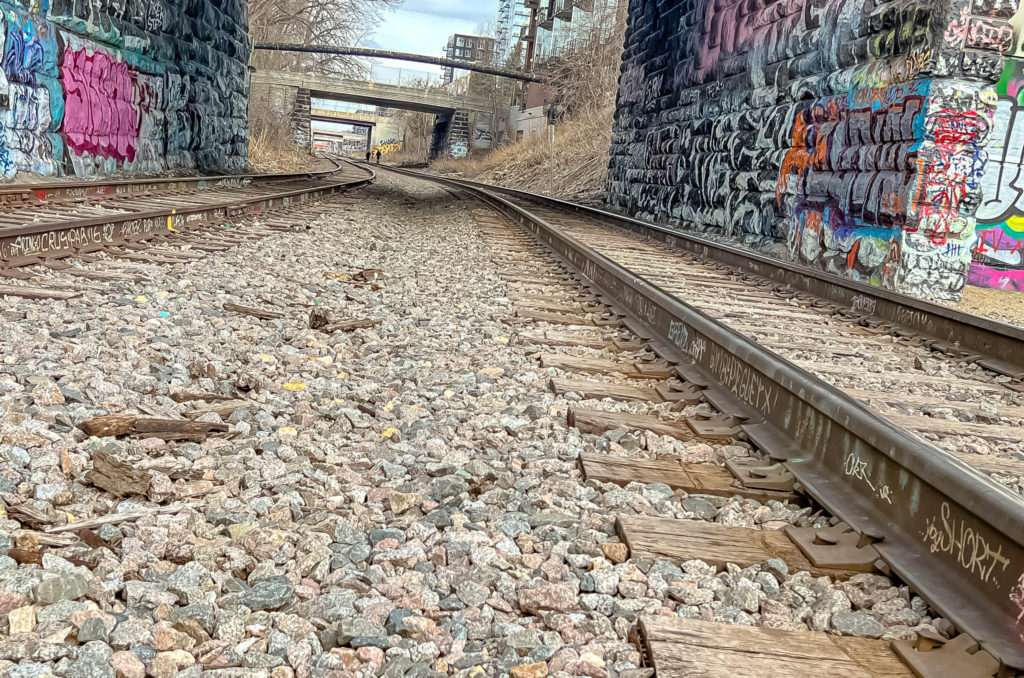
Here’s the link to my Facebook photo album.



























